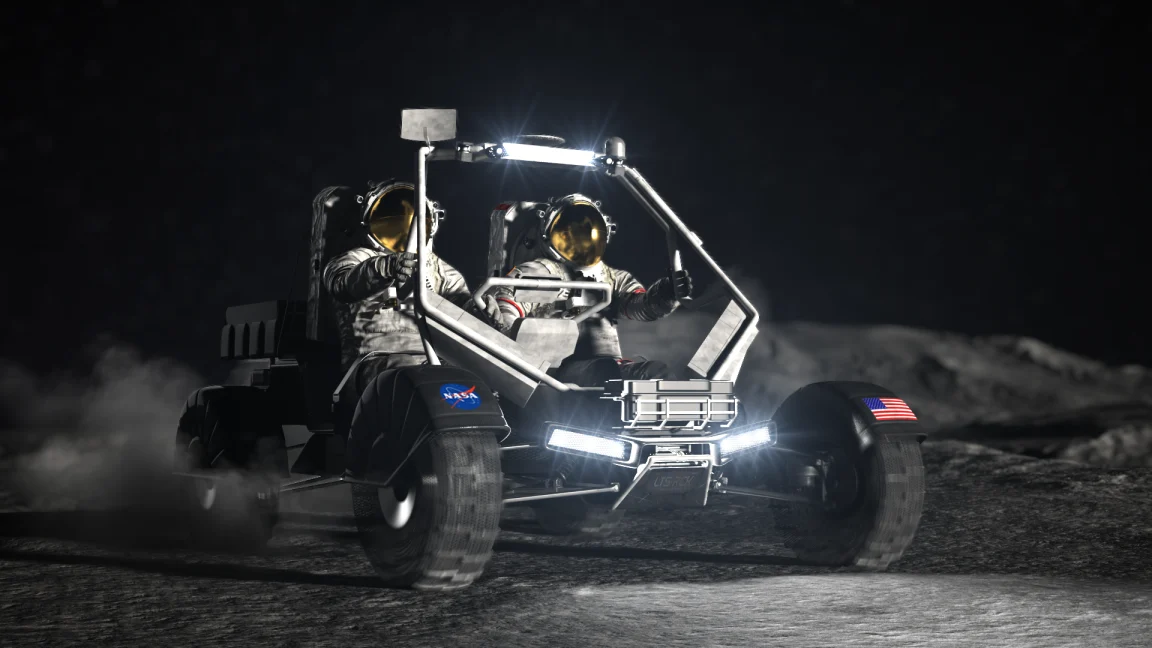
But in 2008, NASA brought on a different provider, Orbital Sciences, and the COTS program moved forward. In 2012, SpaceX flew a successful demonstration mission of its Dragon spacecraft. Orbital Sciences followed a year later with its Cygnus spacecraft.
With the development phase complete, NASA moved into the second phase, purchasing services. The agency has never looked back. Dozens of successful missions later, with more than 100 tons of cargo delivered to the space station, the cargo services program remains an unqualified success.
Afterward, NASA even calculated how much it would have cost the agency to develop comparable capabilities using its traditional contracting methods.
The result? Four to 10 times as much.
Some cracks emerge
The success of Dragon and Cygnus lit the fuse for a new era of commercial spaceflight. Seeking a replacement for the Space Shuttle’s crew capability, NASA began initial work in 2010 on crew transportation services, and four years later, it awarded multibillion-dollar development contracts to SpaceX and Boeing. With this approach, NASA remained more or less true to the guiding principles laid out by Lindemoyer. The agency provided funding for development and a demonstration mission and followed it up with large service contracts. It kept requirements lean. And in the case of SpaceX’s Dragon, there have been nearly as many private missions on Dragon as government flights—making good on NASA’s aim of being one of many customers.
But not all has gone well. A traditional space company like Boeing, accustomed to cost-plus contracts, struggled in the commercial space arena. It was not positioned for lean development and has reported losses of more than $2 billion on its Starliner program.
Moreover, Boeing is now seven years behind its original schedule for getting Starliner certified for operational missions, and it’s unclear if this will ever happen. Following this experience, Boeing, along with other traditional contractors, including Northrop Grumman and Lockheed Martin, have essentially told NASA they will no longer bid for fixed-price contracts. They see such opportunities as money losers. The big contractors have been lobbying for a return to cost-plus contracts.

